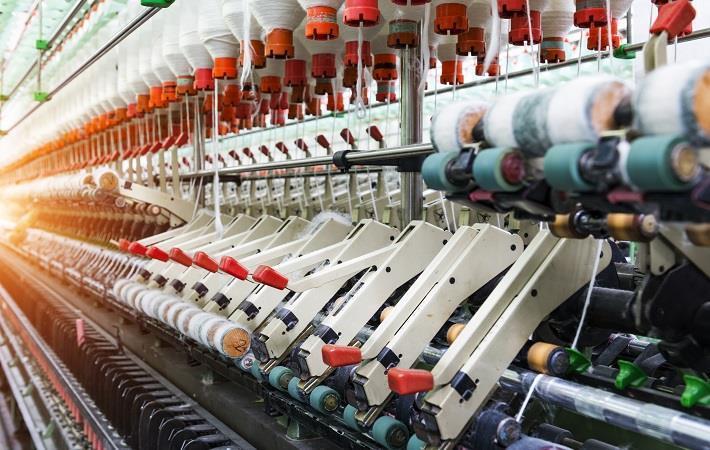
Source: www.fibre2fashion.com
Though poor supporting industries have been traditionally considered by experts as the major reason hindering Vietnam's path towards joining global supply chains, that no longer holds true for the textile and garment industry, thanks to policy measures and enterprises' preparations for free trade agreements (FTAs) , which set high requirements on product origin.
Vietnam had to import four-fifths of input materials and accessories for domestic textile and garment production in the past. That figure has fallen to 30-40 per cent now, according to a report in a Vietnamese newspaper.
According to Pham Tat Thang, a senior researcher at the ministry of industry and trade, the country's supporting industries for the textile and garment sector had witnessed slow growth until two years ago, but have now invested in strengthening themselves based on commitments made in FTAs.
The Comprehensive and Progressive Agreement for Trans-Pacific Partnership (CPTPP), for example, sets the ‘yarn forward’ principle, and therefore, Vietnam has made bigger investments in yarn production projects to be eligible for preferential tariffs stipulated in the agreement.
Ho Chi Minh City-based Hung Xuong Chemicals has obtained Bluesign, an European certificate on environment-friendly products and workplace safety, which is considered a solution for textile production.
Vietnam has also developed fabric manufacturing projects to satisfy the ‘fabric forward’ principle stipulated in the Vietnam-EU FTA.
Problems still remain in setting up weaving, dyeing and trimming units close to each other because of reluctance of local authorities to offer land because of pollution and in production optimization—the scale of production now is not much enough to cut production costs. (DS)
